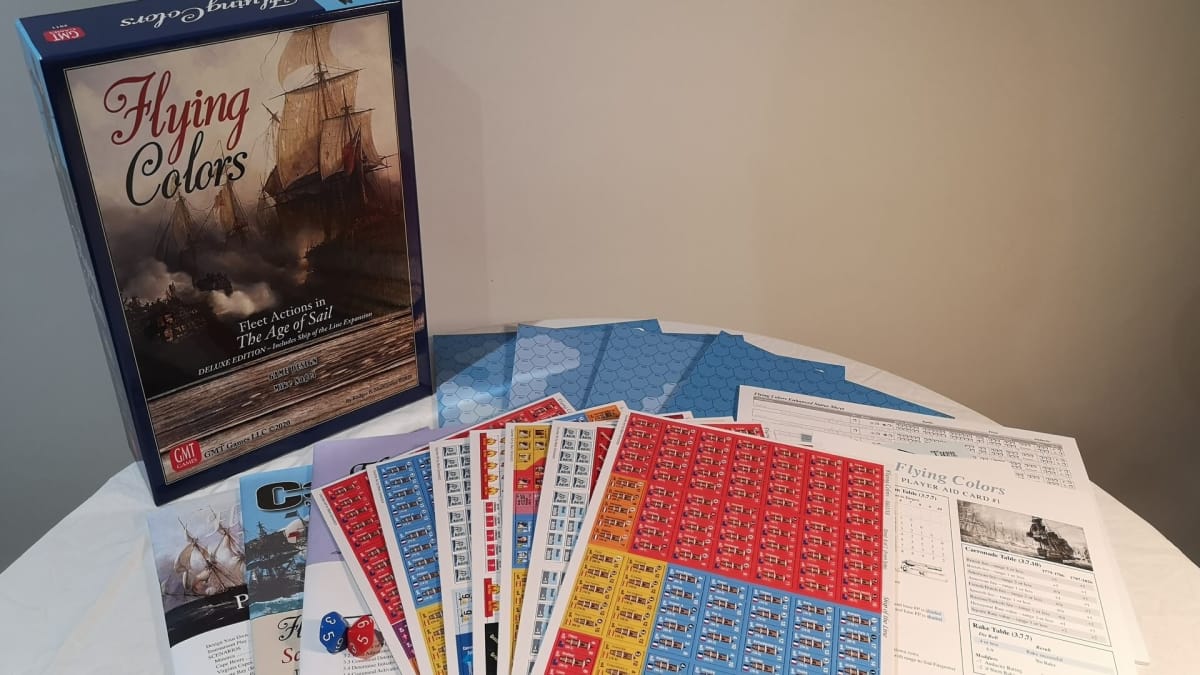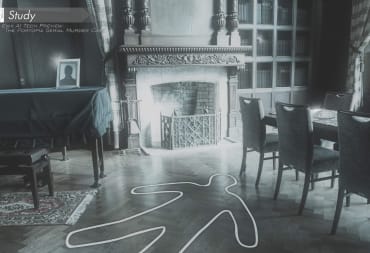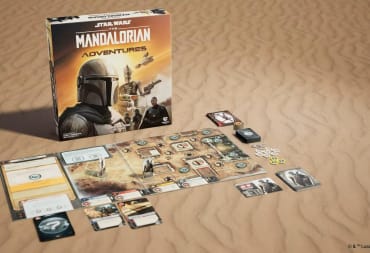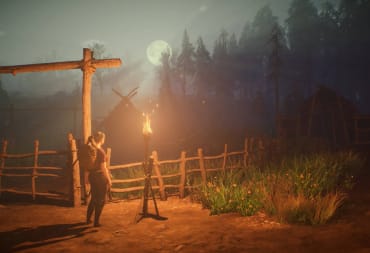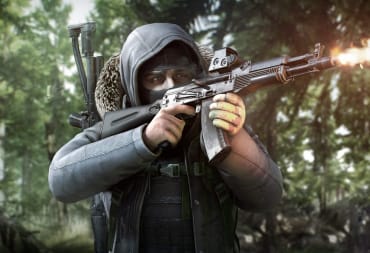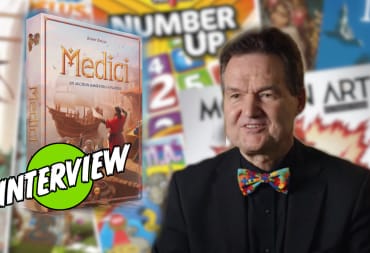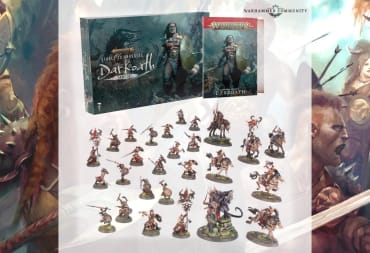In our first Sea to Shelf article, we take a look at the Flying Colors Deluxe 3rd Printing. We have a look at what's in the box, preview the mechanics and we also talk to its designer, Mike Nagel about designing Flying Colors, and what's next for it.
Our Nautical Tabletop Month was so successful, we decided to continue to explore nautical tabletop games in a new series called Sea to Shelf. In this series, we'll preview nautical games, as well as talk to developers about capturing the sea feel on the tabletop.

You can buy all your tabletop products from our Tabletop Sponsor, Firestorm Games.
Flying Colors Deluxe 3rd Printing
Flying Colors is a naval strategy wargame, set in the Age of Sail from 1750 to 1825. Games are played on a hex map, with card counters for the ships, which display the ship stats, and some historical information for them. The streamlined rules and component scale allow you to recreate huge naval battles, involving large amounts of ships, but the rules and included maps also cater for smaller battles, involving only a few ships on each side with the duel rules.
The Flying Colors Deluxe 3rd Printing box includes:
- Core Rulebook
- Playbook (which includes 18 historical scenarios, 3 duels, 17 ships of the line scenarios, and 7 new scenarios)
- Flying Colors Scenario Pack (which includes 5 campaigns and scenario sets)
- 7 token sheets of ships, commanders, and markers
- 4 maps
- Player aids and ship sheets
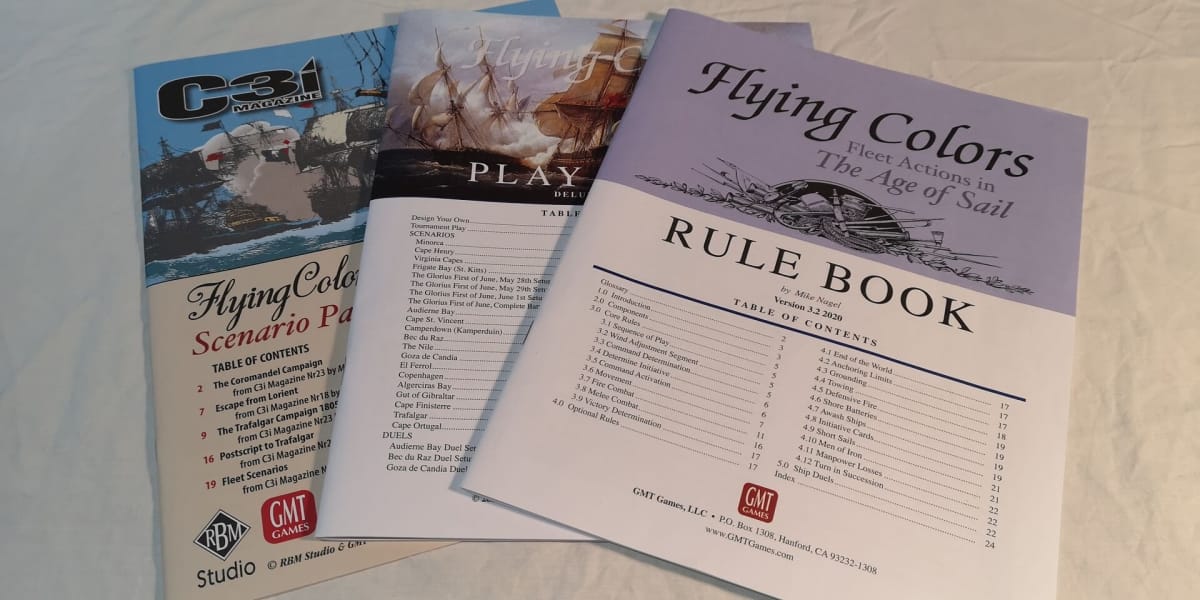
Flying Colors is played on a hex map, which keeps movement, line of sight, and range simple, allowing you to focus on positioning. Ships get movement values dependent on their relation to the wind direction, which can vary slightly each turn. Shooting requires some use of tables but is a quick and effective system for working out attacks. The first table determines firepower and compares a ship's relative rate to range. The next table compares the roll of a 10-sided dice to the Firepower result from the first table, which then determines what damage is caused to the enemy. These 2 tables are provided on player aids, giving you all the information you need without needing to go back to the rulebook
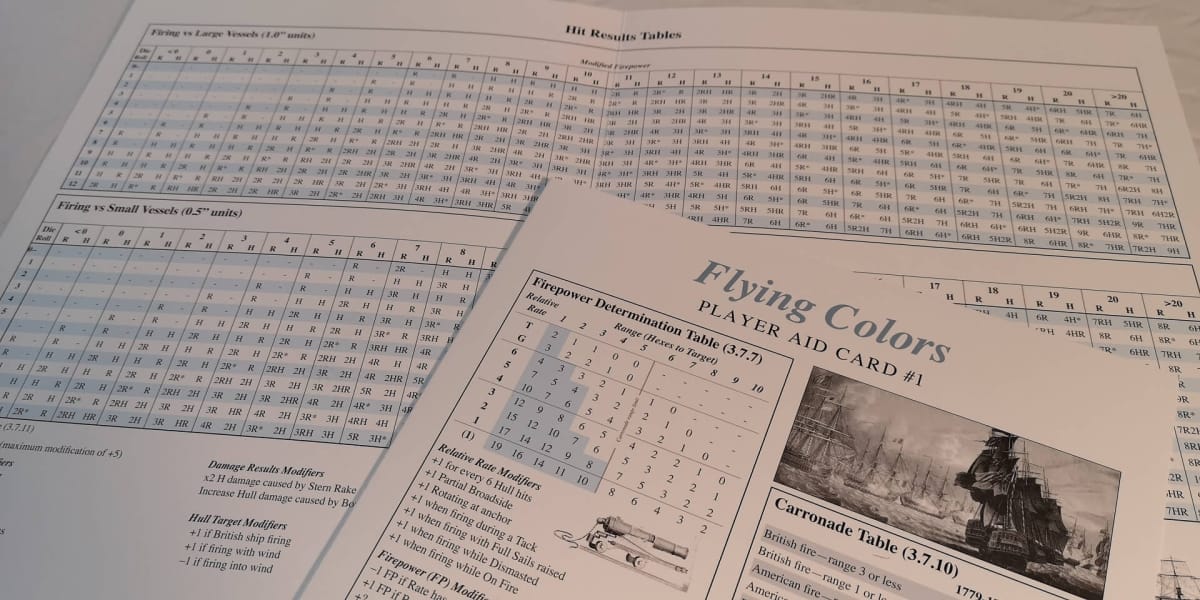
Flying Colors Deluxe 3rd Printing includes 564 ships for 5 factions of Britsh, French, Spanish, Dutch, and Danish fleets along with 133 captains, who act as the fleet commanders. Command is a hugely important part of the game. Ships in a command are grouped together, and act at the same time, allowing you to bring down some pretty heavy firepower on your opponents before they can act. Keeping ships within the command range of the commander, and also 4 hexes of another ship in the command, whilst maintaining the same facing as the other ships is required to keep them operating together.
While Flying Colors includes a huge amount of historical campaigns and scenarios to play, players can also create their own forces and take to the seas against their opponent's fleets.
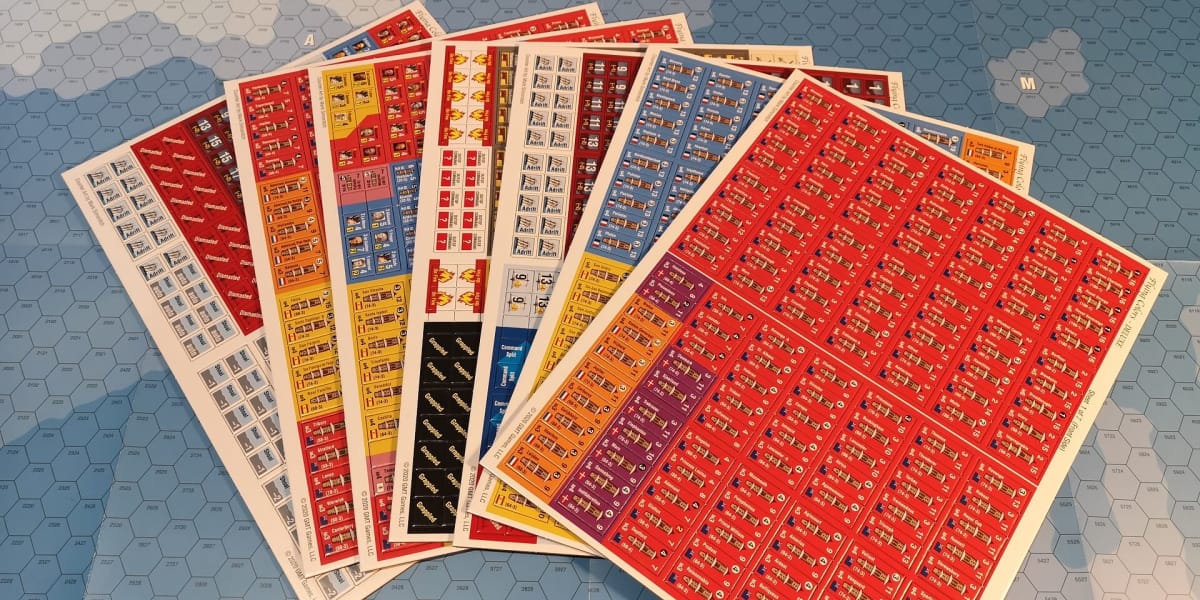
Flying Colors Developer Interview
TechRaptor: Mike, thank you very much for joining us, and welcome to Sea to Shelf. Flying Colors has just had its 3rd edition released and has been going since 2005. What’s new in this edition and what was the reason for the update?
Mike Nagel: Thanks for giving me the opportunity to chat, or type. It’s hard to believe that Flying Colors is now a relative codger. 15 years (more if you include the original desktop published version) is a long time for a game to retain its popularity, so this new edition is pretty much the result of demand from the players. Since this could be the last printing of the game, we decided to ramp it up as much as possible by including pretty much everything that’s been published for it (the Ship of the Line expansion, C3i Magazine content), plus several new scenarios. It’s amazing just how much stuff we’ve crammed into the box. A lifetime of age of sail gaming!
TR: Prior to writing Flying Colors, were you always a fan of nautical history or games?
MN: I’ve been a fan of naval gaming and history for as long as I can remember. I could not begin to tell you what got me into it. Movies, books, visits to Williamsburg or Mystic Seaport as a kid, you name it. I just seem to have always had the “bug.”
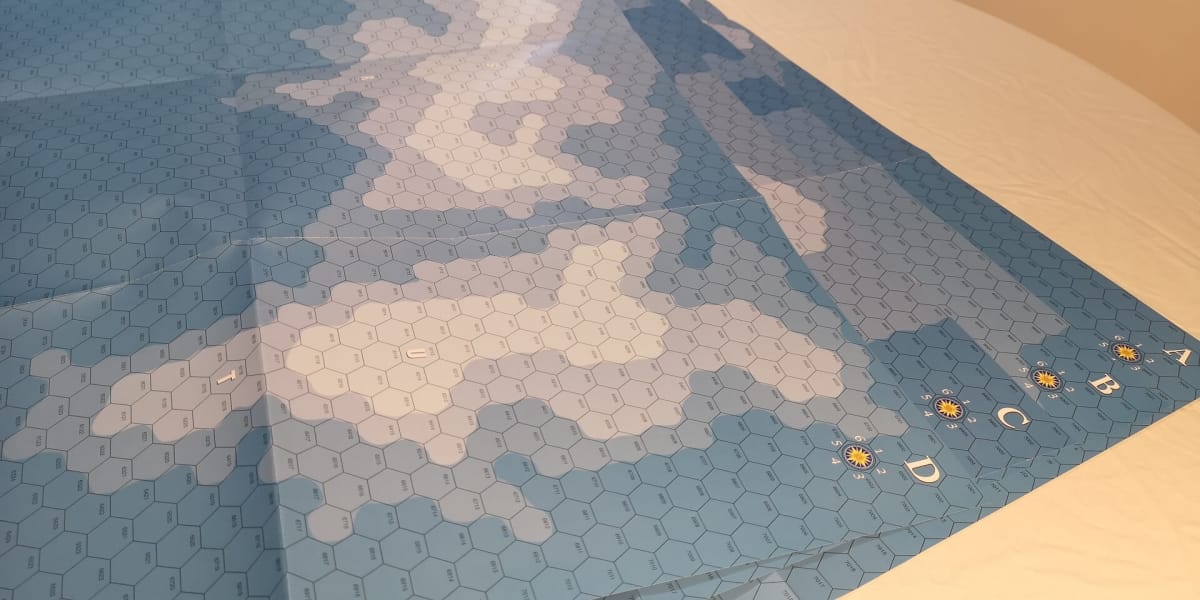
TR: When designing Flying Colors, what was the initial brief? What were the must-have mechanics?
MN: The primary design goal for Flying Colors was to allow two players to complete the battle of Trafalgar in a single sitting. In order to achieve this, I pretty much had to throw pre-plotted movement so prevalent in other age of sail games out the window as it takes too much time. I was inspired by the command activation system in Richard Berg’s War Galley design as a replacement to pre-plotted movement for the dozens of ships on a side. Beyond this, mechanics were constructed with an eye towards what had been done in other games and how to adjust those mechanics to achieve the shortened playing time. Basically, trying to throw out as much bathwater as possible, while keeping the baby safe.
TR: Flying Colors gives a solid account of capturing the theme and essence of huge fleet actions. How did you go about capturing the sea feel?
MN: Basically, I think that comes down to mechanics and even components. When designing the game, you need to make sure that the mechanics of gameplay are suited to the subject matter. Otherwise, the game loses its ability to cause the “willing suspension of disbelief” on the part of the players. Without that, although you may have a challenging game (like chess), the designer has failed to provide the experience that a wargame should provide. For instance, there’s a Napoleonic game that I played a few years back that, in the end, could have just as easily been a World War 2 game and that I was pushing panzers rather than cavalry. It was a fun, challenging game, but there was nothing that made it “feel” Napoleonic. Another example is Excalibur Games’ egregious fail when they used side-view silhouettes on counters that employ top-down facing.
With regards to Flying Colors specifically, I’m fortunate that there were already several games on the subject that set the expectations of what should be in the game and how the mechanics should work together to provide that “sea feel", other than lots and lots of blue. The wind and how it affects both movement and combat are essentially a hostile non-player that the real players must fight in addition to each other, much like the effects of terrain and weather in land-based games. The command system helps give the players an admiral’s perspective on the action. The granular damage system gives a sense of shrouds tearing and splinters flying (although perhaps not as much as my other age of sail design, Captain’s Sea, which is what that game is all about). Even given the success of Flying Colors in providing this feel, it’s not without some issues (particularly the heavy use of status markers) that the design goal can’t quite get away from. It’s a balancing act.
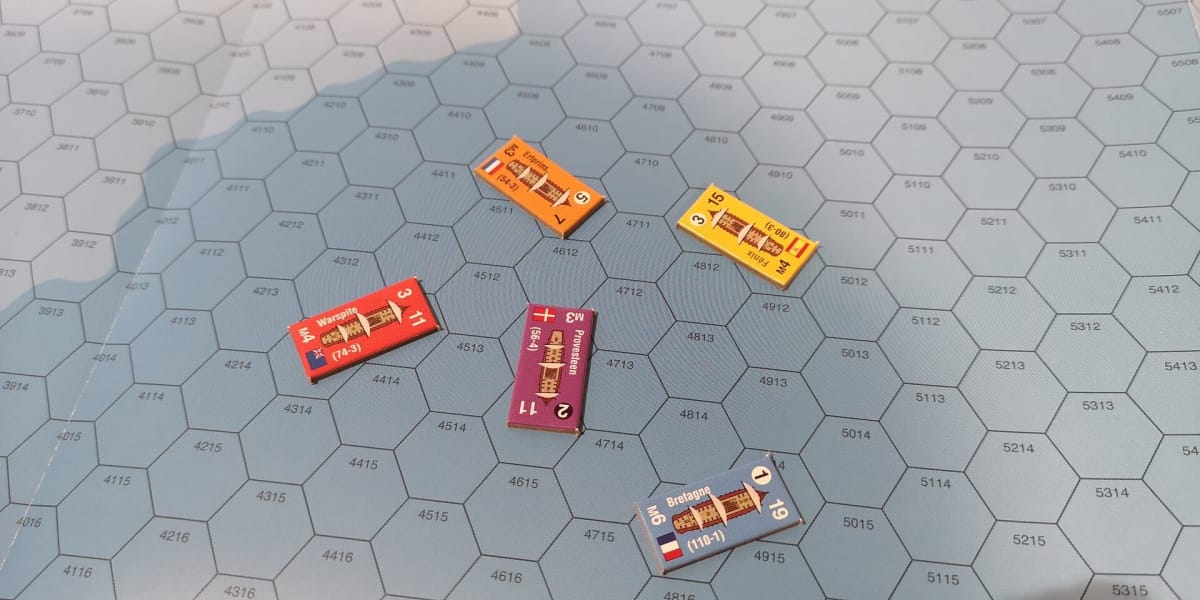
TR: In a world dominated by huge Kickstarters full of miniatures, Flying Colors has stuck to its roots with card tokens representing the ships. Have there been discussions for a line of miniatures?
MN: There has not. There are already lots of miniatures options out there in the 1:3000 or 1:2400 scale range that are perfectly suited to play as they fit the existing counters. For those who have lots and lots of space and deep, deep pockets, there are the larger Sails of Glory miniatures or Pirates of the Spanish Main. Of course, if some miniatures company wants to offer an “official” Flying Colors line, I’m happy to discuss it.
TR: Flying Colors is a game of 2 parts, allowing huge scale games of massive fleets, and also smaller duels between with only a couple of ships on each side. Was it always this way? Was it designed to have this flexibility in the system?
MN: Kinda sorta. The game was designed with a variety of ships in mind, from the Santissima Trinidads to the smallest of oared gunboats. I particularly wanted players to be able to create their own fleets to fight out hypothetical battles as desired. This is also why the system is sort of centered on the latter half of the 18th Century, so ship compatibility is maintained and gunnery still makes sense. On the other hand, I had not really planned on the duel rules per se at the outset. These came about when trying to play out non-fleet actions with the core rules, and finding them lacking. They really needed some additional mechanics to make them more interesting, hence the initiative cards, which add additional maneuver challenges as well as some more period flavor. To be honest, I still find the duel system somewhat lacking, so I went back to the drawing board and designed Captain’s Sea, which puts the players on the deck of a single ship to manage its crew to the best effect. Where Flying Colors is at 1,000 feet, Captain’s Sea puts the player at sea-level. Captain’s Sea is close to publication at Legion Wargames and could use another twenty (or so) pre-orders before it’s released into their publication queue.
TR: Flying Colors is for 1 to 4 players. There are lots of players currently unable to play in groups at the moment because of social distancing. How do Flying Colors solo rules work?
MN: There aren’t really any solo rules, per se. The command system lends itself to solo play as it limits how many ships can be activated at a time, thus simplifying the process and keeping the action going. Also, since there’s no pre-plotted movement, the action doesn’t stop. Finally, if you can get a copy of the initiative cards, these provide some limitations to how the fleets can maneuver, which takes away some of the solo player’s god-like control as they must set orders for the fleet from a limited set of options. These cards were included with the second and upcoming fourth volumes in the series, “Serpents of the Seas” and “Under the Southern Cross,” respectively.
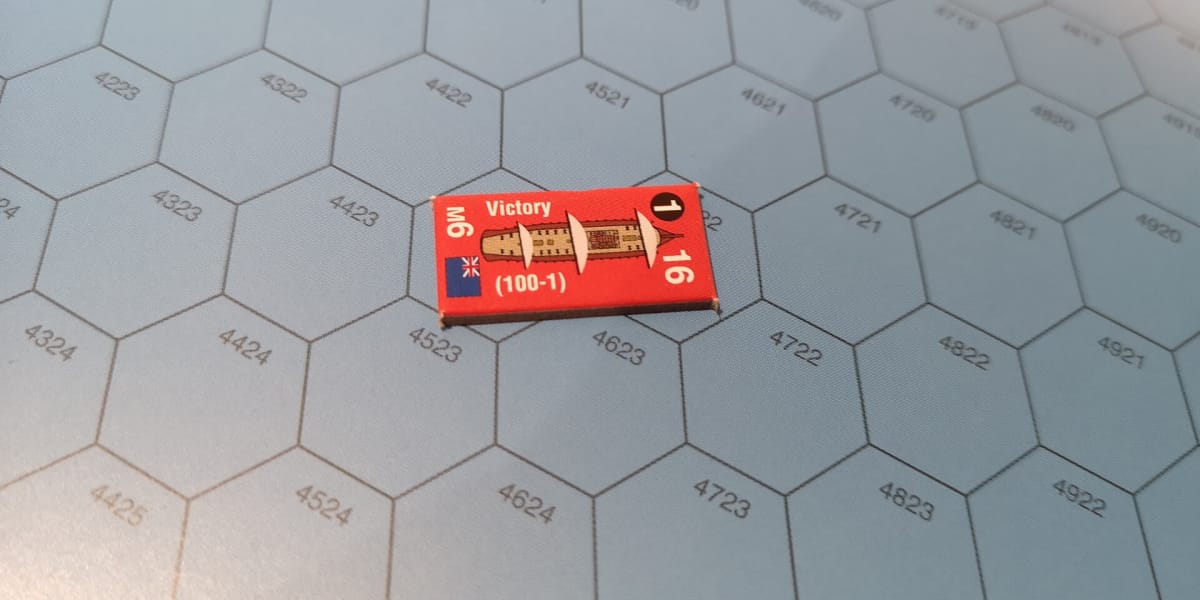
TR: Flying Colors Deluxe 3rd Printing has a huge amount of content out of the box, testament to the great content that’s been released over the years. What’s next for Flying Colors? Is there anything you’d like to add to the game?
MN: Quite a bit, I’m happy to say. As long as the players keep supporting us, we’ll keep cranking out well-researched, quality content. Next up, of course, is Under the Southern Cross which is currently in the queue for artwork at GMT. I have a couple of additional scenarios that were dropped from publication due to production-related reasons that I want to send over to C3i as soon as I can get to them. Steve Paul, the co-designer for Under the Southern Cross is already working on the next game in the series (about which I’ll remain coy until Southern Cross is out). I think we’ve got at least another few volumes to go before we start moving the system up into the age of steam.
TR: What’s next for Mike Nagel? What are you currently working on? Do you have a dream project that you’d like to work on?
MN: My backlog of designs is crazy. Apart from Flying Colors and Captain’s Sea, I also have my redesign of Ancient Battles Deluxe called Dawn of Battle, which should be shipping from Worthington Games in March, and I already have at least two expansions for that game planned. I’ve got my Chivalry at Bay game of medieval combat (and a prequel of sorts to my Sun of York game) very nearly into the hands of a publisher. I’ve got a man-to-man WWII infantry game called Off the Line designed and I’m looking for playtesters before offering it up for publication. I’ve also got a really cool sci-fi infantry game designed and I’m trying to figure out what to do with that. And the list goes on.
I don’t think I have any dream projects in mind, other than finishing the designs that I’ve already started. I’m getting better at finishing a design before moving on to another one, but still have a hard time circling back to those designs I started some time ago. Of course, I would like to design Settlers of Catan, so that I can retire.
TR: Thank you for taking the time to answer our questions.
MN: Thanks for the opportunity!
You can pick up Flying Colors from GMT Games and pre-order Captain's Sea from Legion Wargames.
The copy of Flying Colors Deluxe 3rd Printing used to produce this article was provided by Asmodee UK.
Have a tip, or want to point out something we missed? Leave a Comment or e-mail us at tips@techraptor.net
